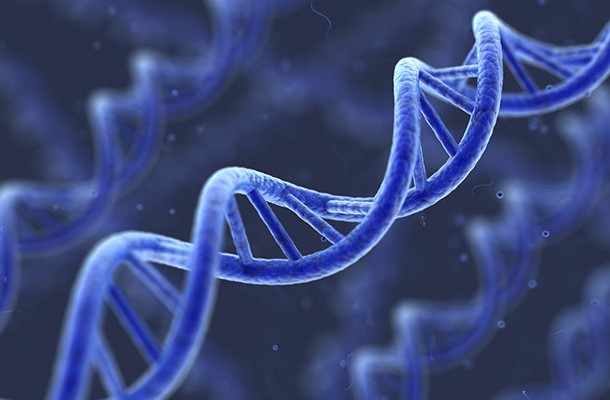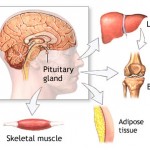IGF-1 Long R3
 July 26, 2013
July 26, 2013  IGF-1 Long R3 Information
IGF-1 Long R3 Information
Insulin-like growth factor 1 – IGF-1 LR3 – Information
IGF stands for insulin-like growth factor. Insulin-like growth factor 1 (IGF-1) is a polypeptide protein hormone similar in molecular structure to insulin . It plays an important role in childhood growth and continues to have anabolic effects in adults. It is a natural substance that is produced in the human body and is at its highest natural levels during puberty. During puberty IGF is the most responsible for the natural muscle growth that occurs during these few years. There are many different things that IGF does in the human body. Among the effects the most positive are increased amino acid transport to cells, increased glucose transport, increased protein synthesis, decreased protein degradation, and increased RNA synthesis.
Long R3 IGF-1 is signifacantly more potent than IGF-1. The enhanced potency is due to the decreased binding of Long R3 IGF-1 to all known IGF binding proteins. These binding proteins normally inhibit the biological actions of IGF’s.
When IGF is active it behaves differently in different types of tissues. In muscle cells proteins and associated cell components are stimulated. Protein synthesis is increased along with amino acid absorption. As a source of energy, IGF mobilizes fat for use as energy in adipose tissue. In lean tissue, IGF prevents insulin from transporting glucose across cell membranes. As a result the cells have to switch to burning off fat as a source of energy.
IGF also mimic’s insulin in the human body. It makes muscles more sensitive to insulin’s effects, so if you are a person that currently uses insulin you can lower your dosage by a decent margin to achieve the same effects, and as mentioned IGF will keep the insulin from making you fat.
IGF is a research drug, it hasn’t been approved by the FDA for use as a pharmaceutical and it is currently being researched for nerve tissue repair, possible burn victims, and also as a possible aid in muscle wasting for AIDS patients. There are many different analogs of IGF available, instead of mentioning them all, I will simply mention the two most common and the most effective. Regular recombinant IGF is one of the two, it is also the more expensive and the least effective. Regular IGF only has a half-life of about 10-20 minutes in the human body and is quickly destroyed, it can be combined with certain binding proteins to extend the half-life, but it is not a very simple procedure and there is a more effective and less expensive version available. The most effective form of IGF is Long R3 IGF-1, it has been chemically altered and has had amino acid changes which cause it to avoid binding to proteins in the human body and allow it to have a much longer half life, around 20-30 hours. “Long R3 IGF-1 is an 83 amino acid analog of IGF-1 comprising the complete human IGF-1 sequence with the substition of an Arg(R) for the Glu(E) at position three, hence R3, and a 13 amino acid extension peptide at the N terminus. This analog of IGF-1 has been produced with the purpose of increasing the biological activity of the IGF peptide.”




